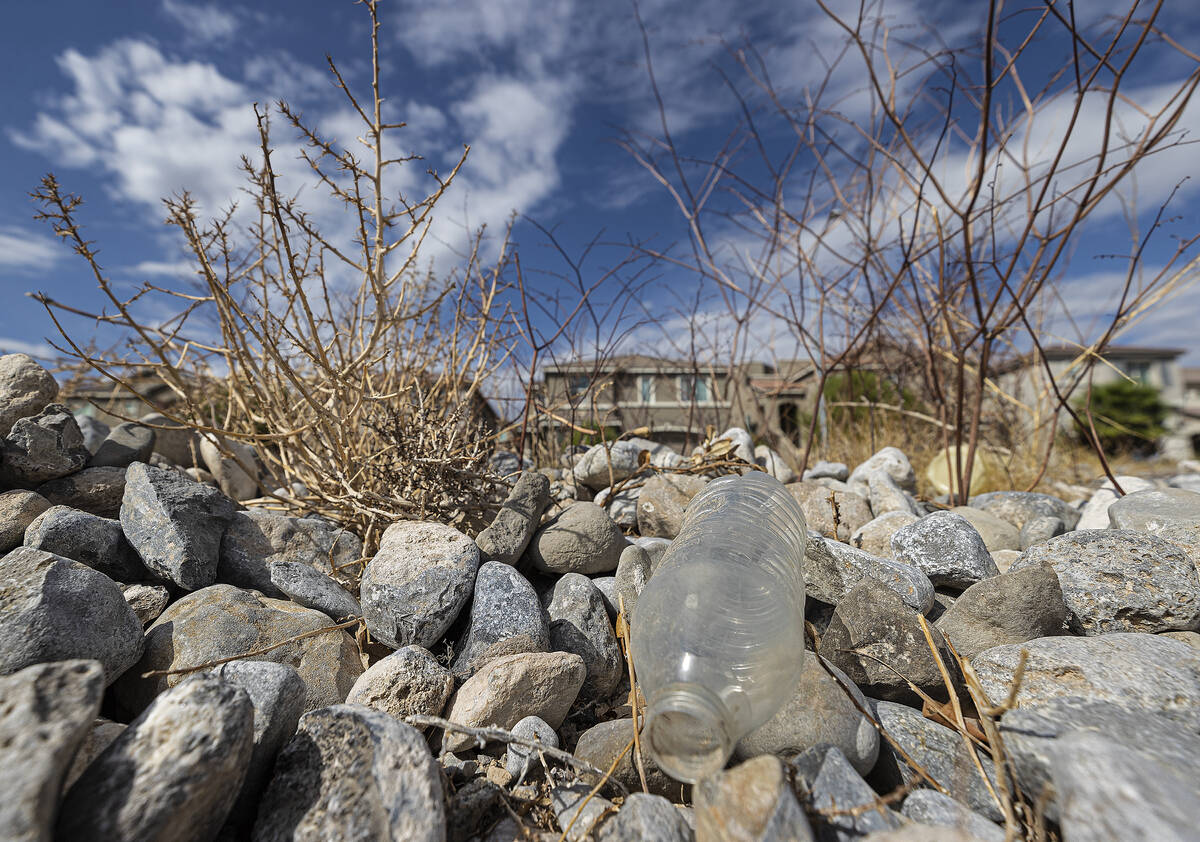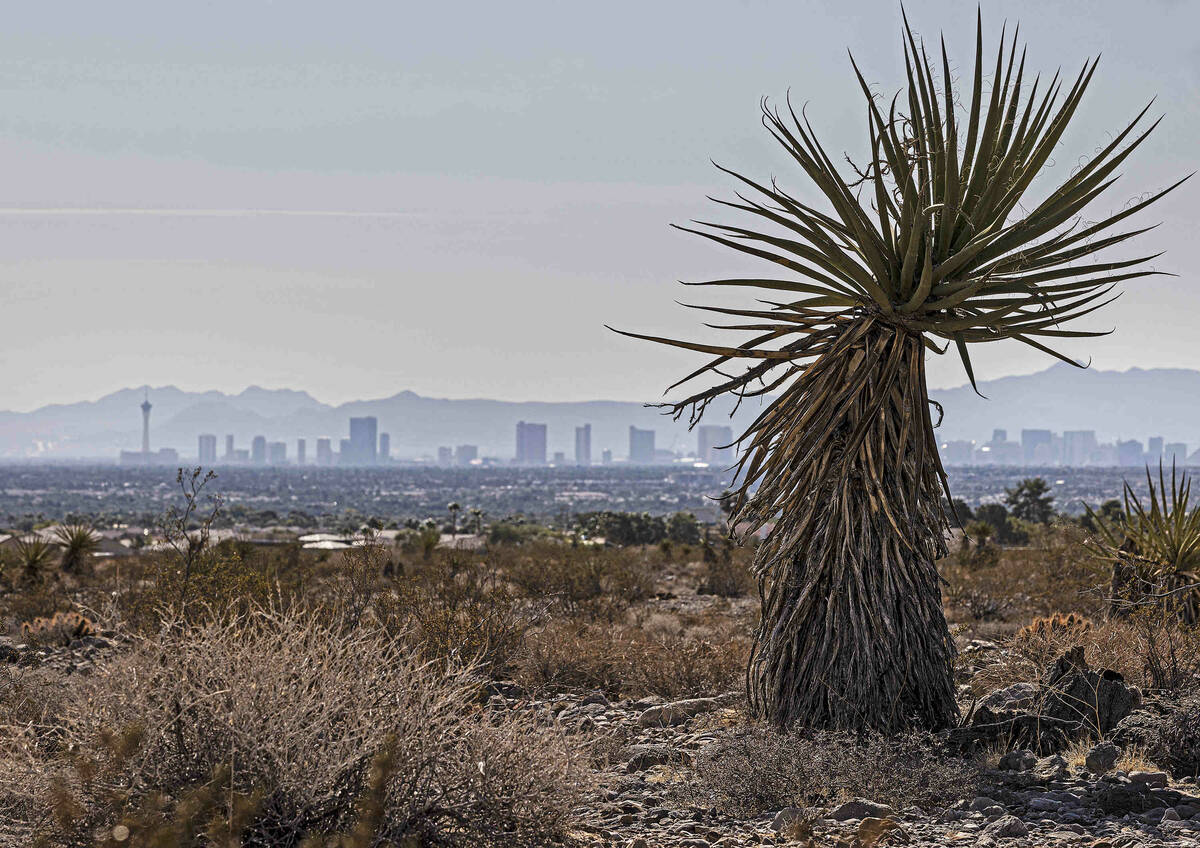Drought condition reaches historic level
People who live in the Southwest know it’s been especially hot and dry the past couple of years, but a new government report shows those conditions are actually historic.
Precipitation across multiple basins in six states from January 2020 through August 2021 was the lowest recorded since researchers started tracking with gauges in the late 1800s.
Meanwhile, the 20-month stretch had the third-highest average daily temperatures since researchers started measuring with instruments.
The findings come from a September report issued by the National Oceanic and Atmospheric Administration drought task force and underscore how human activity has worsened the drought.
The report looks at conditions in Arizona, California, Colorado, Nevada, New Mexico and Utah. Researchers observed more than just the upper and lower Colorado River basins.
Historically dry
Researchers think this historically dry period is occurring naturally and expect that precipitation will rebound in the future.
“So if we are ever to be optimistic, I would say that’s a reason to be optimistic,” said Andrew Hoell, a meteorologist for the climate agency and co-author of the report.
According to the report, several seasons or years of above-average precipitation will be needed to replenish rivers, soils and reservoirs in the Southwest.
The report also says human activity is playing a role in the severity of this drought.
“The warm temperatures that helped to make this drought so intense and widespread will continue (and increase) until stringent climate mitigation is pursued and regional warming trends are reversed,” the report said.
But exactly how much human activity has intensified the drought is an open question, Hoell said.
The report paints a dire picture, stating that “human-caused increases in drought risk will continue to impose enormous costs upon the livelihoods and well-being” of the roughly 60 million people who live in the Southwest.
Hoell said population growth and increased temperatures are the two major factors that set this drought apart from past droughts.
Warmer temperatures created conditions that gave the atmosphere more capacity to hold water, according to the report. When the air can hold more moisture, it demands more water from the Earth’s surface, Hoell said.
Researchers found record-high levels of atmospheric thirst for water over the 20-month period they studied, according to the report. Such conditions could become more common in the future if no climate mitigation measures are taken, the report found.
The state’s climate policy coordinator, Kristen Averyt, who is also a UNLV research professor specializing in climate resilience and urban sustainability, said mitigation measures should be a priority.
“We have to do everything that we can to mitigate our greenhouse gas emissions, so that way we can ensure that future generations don’t experience even more extreme climatic events than those that we are experiencing right now,” she said.
Two decades of drought have parched the Colorado River, the source of about 90 percent of Southern Nevada’s drinking water.
This year, those drought conditions led federal officials to announce the first shortage declaration for Lake Mead. The declaration means Nevada will have its allocation of water from the river slashed next year.
Water level projections for the next few years remain grim.
Drought has been costly
Researchers also noted the steep financial cost of drought. In 2020, Nevada took an estimated economic hit of between $5 million and $100 million because of drought conditions, according to the report.
Across the region, the drought cost between $515 million and $1.3 billion in 2020, according to the report.
This analysis primarily focused on agricultural drought effects, according to Adam Smith, a climatologist for the National Centers for Environmental Information.
Nevada’s agriculture industry includes livestock, alfalfa hay, potatoes, barley, wheat, corn, oats, onions, garlic and honey, according to the state.
Contact Blake Apgar at bapgar@reviewjournal.com or 702-387-5298. Follow @blakeapgar on Twitter.
https://www.scribd.com/document/531065813/Drought-Task-Force-IV-Southwest-Drought

















